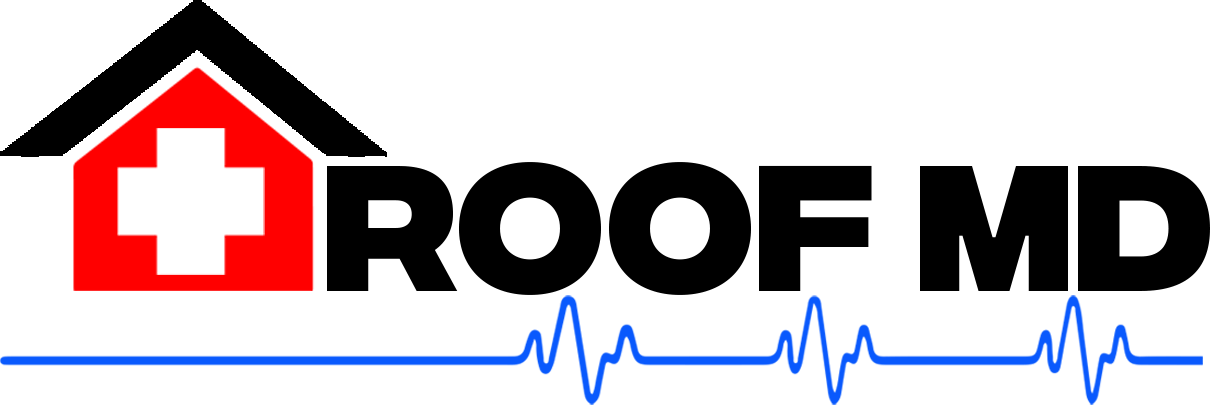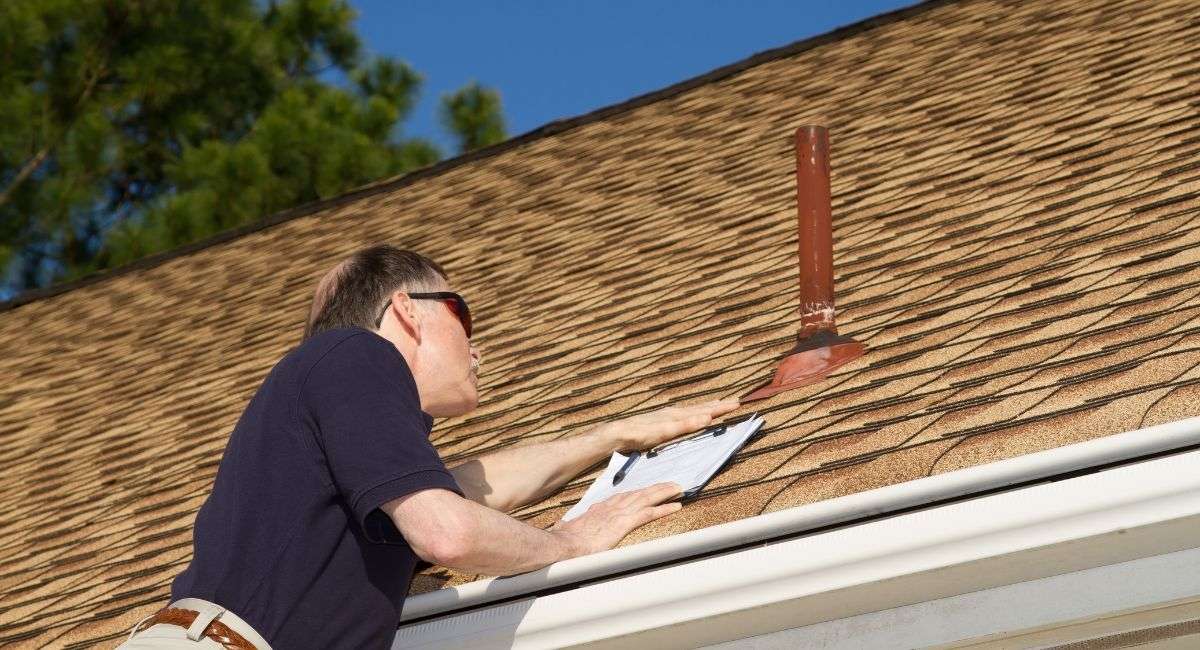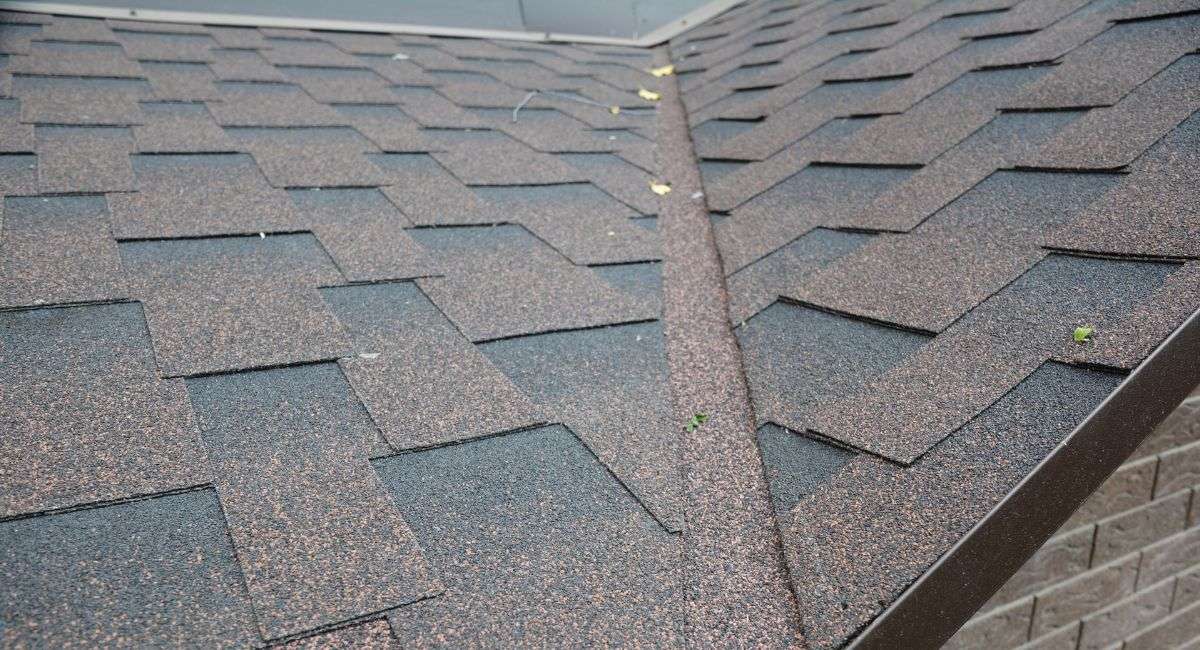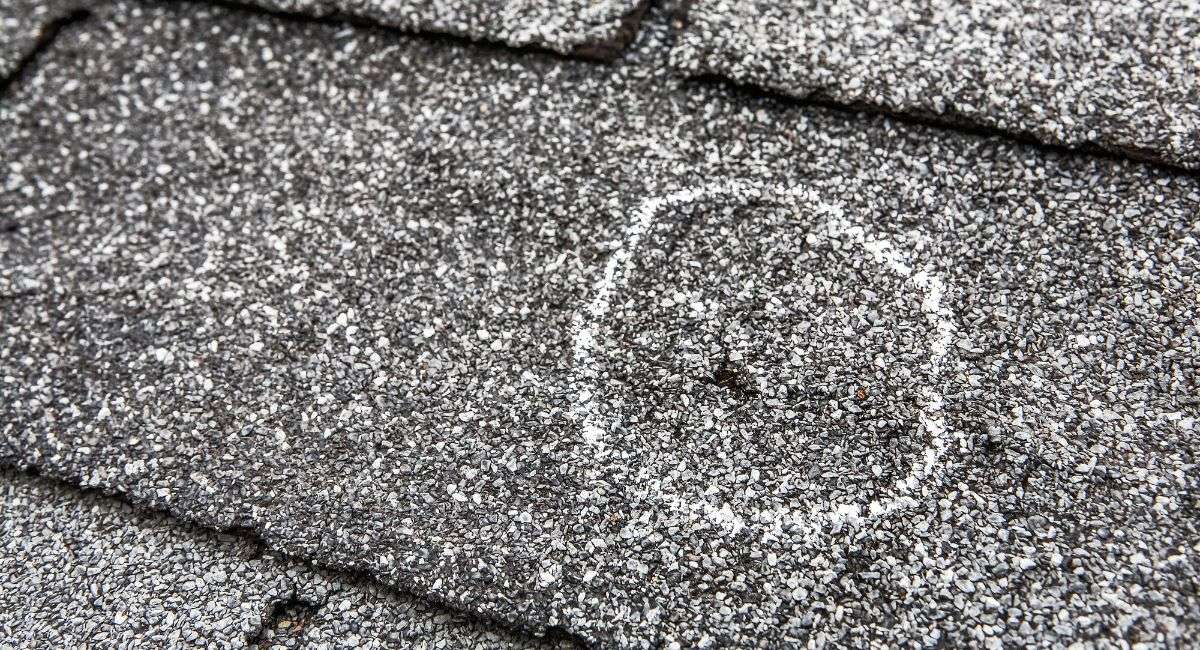Six Places to Check for Roofing Storm Damage
Tending to a home can be overwhelming, especially when a storm has recently caused serious damage. Your roof is often the first line of defense against bad weather, and it can take quite a pounding during rough weather conditions; if your roof isn’t in good condition leading up to storm season, you could end up paying more for repairs afterward.
Thankfully, there are several steps homeowners can take after experiencing severe storms to assess possible damage—read on for six places where you should check for any signs of roofing storm damage.
table of contents:
Gutters – check gutters to make sure they are properly attached and clear of debris.
After a storm, homeowners need to check their gutters for signs of roofing damage. Make sure that each gutter is properly attached and that all debris has been removed. The accumulated weight of leaves, branches, or other objects can cause the gutters to pull away from your roofline and create leaks, so clearing them out regularly is an essential step in protecting your home’s roofing system. Not only do fallen gutters present a dangerous risk to your family, but they also contribute extra weight due to dirt and leaves that may pile on the roof. This additional strain of debris will quickly deteriorate shingles or even the entire structure if left untreated.
If you notice fallen or partially damaged gutters, contact a roofing professional immediately for assistance.
Shingles – inspect the roof’s shingles for any curling, missing or loose pieces.
Homeowners should inspect their roof’s shingles after a significant storm to see if there is any damage. Damage can include curling, missing or loose shingles. Each of these presents a weakness in your roof and a potential spot for moisture to reach your underlayment or roofing structure. These issues will slowly cause leaks in your roof and lead to massively expensive repairs or a complete roof replacement. You may also see shingle granules in your roofing gutters which indicate that the shingle may be beyond their effectiveness and need to be replaced.
After a storm, your shingles may be damaged, missing, or brittle–but it’s not necessarily all on you. If the damage was sustained during the storm, there is a chance that it might be covered by either roof or home insurance policies. Therefore, it is essential to seek professional help regardless of what state your shingles are in. Not only will they assess the situation accurately, but quality roofers can also work as advocates for you against your insurer to achieve the best possible outcome!
Roof Flashing – look for flashing around ventilation pipes, chimneys, walls, and skylights for any damage.
After a storm, homeowners should take extra time to inspect their roof flashing, which could have been weakened after high winds and other inclement weather. Pay special attention to ventilation pipes, joints in your roof and skylights – these are vulnerable spots that may need repair after they’ve been exposed to strong winds. If any of these areas show signs of damage or warping, it is crucial to call a professional for a roofing inspection. Though it can be tough to spot these smaller areas, identifying damaged roof flashing early on can spare you from more costly problems later down the road.
Chimney Caps – examine the chimney caps for any damages or gaps that need to be sealed.
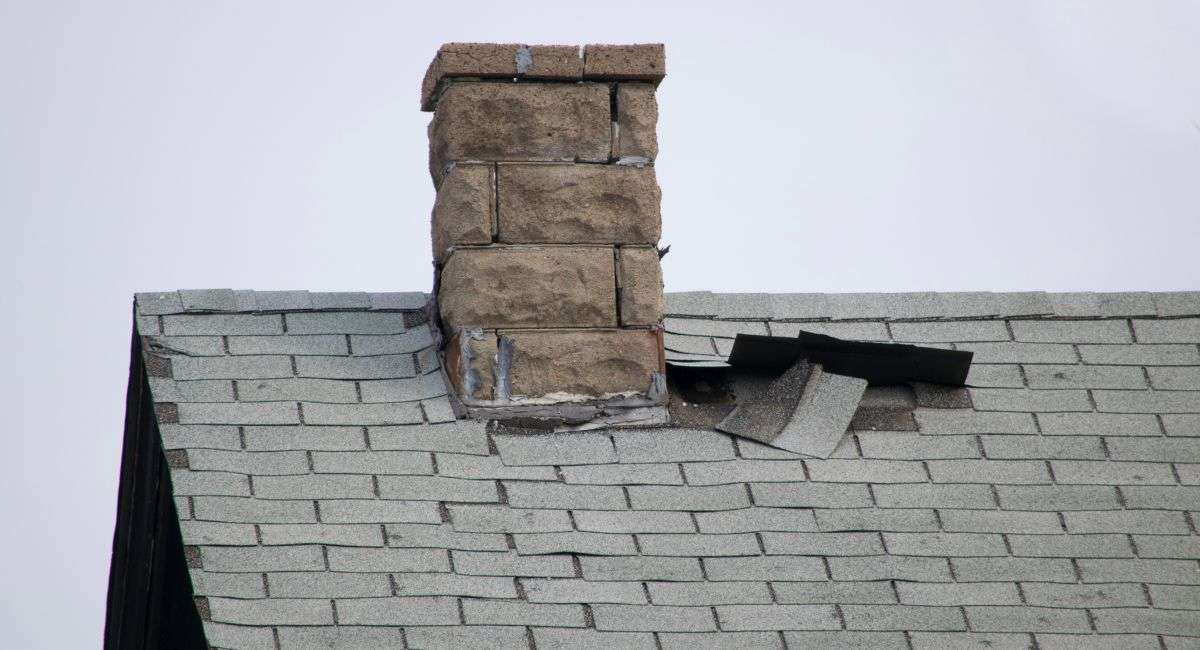
After experiencing inclement weather or powerful winds, it is vital to assess the chimney cap for any signs of damage. Gaps and cracks can appear due to turbulent storms, therefore regular inspections of your fireplace flue are necessary. This precautionary measure becomes even more important if you have an aged brick chimney as these structures are commonly prone to tiny leaks and porous openings in their construction.
If you notice any gaps or damages in the cap, calling a professional for an inspection as soon as possible is advised. Not only will this help prevent further damage but will also ensure your safety.
Attic Hatch Area – search the area around the attic hatch to make sure it is properly sealed.
Though it may seem like an afterthought, checking the area around the attic hatch is often overlooked but can be a critical step in assessing roofing damage from a storm. Attic hatches should be sealed properly to block out moisture, wind, and other elements that could damage the roof. Before attempting to climb up into your attic and inspect things for yourself, take a moment to check that everything is tightly sealed around the attic hatch. If you find any gaps between your attic hatch and its frame, it could be a sign of more severe roofing issues and it’s best to call a professional immediately. Taking this necessary precaution can help ensure that no further damage is done by the elements of nature while you wait for a professional inspection.
Vent Pipes – check vent pipes on your rooftop for cracks or holes that might be causing water damage.
After a storm, the top of your home should be the first thing on your checklist. Vent pipes that extend from the roof are an especially important area to examine for signs of damage; a crack or hole in a vent pipe can cause lasting water damage to both your roof and attic. So, if you suspect any issues, don’t hesitate to enlist the help of a professional roofing inspector. Together, you can protect your home and maintain peace of mind that it’s been properly inspected.
See One of These Signs of Storm Damage? Find a Professional Roofing Contractor
After a storm, you must be careful and check various places on your roof for any signs of damage. It is also important to remember that not all damages are immediately visible. However, if you evaluate the gutters, shingles, roof flashing, chimney caps, attic hatch area, and vent pipes following a storm, you will have a better chance of detecting any potential damage.
Get in touch with a professional roofer today to benefit from their expert inspection. Keep in mind that even if the damage is minor, repairing it now will save you money on future repairs. If you’re located in Tennessee, Roof MD can provide you with a free roofing inspection and specialize in handling storm-related insurance claims. Don’t miss out – book your no cost assessment today!
